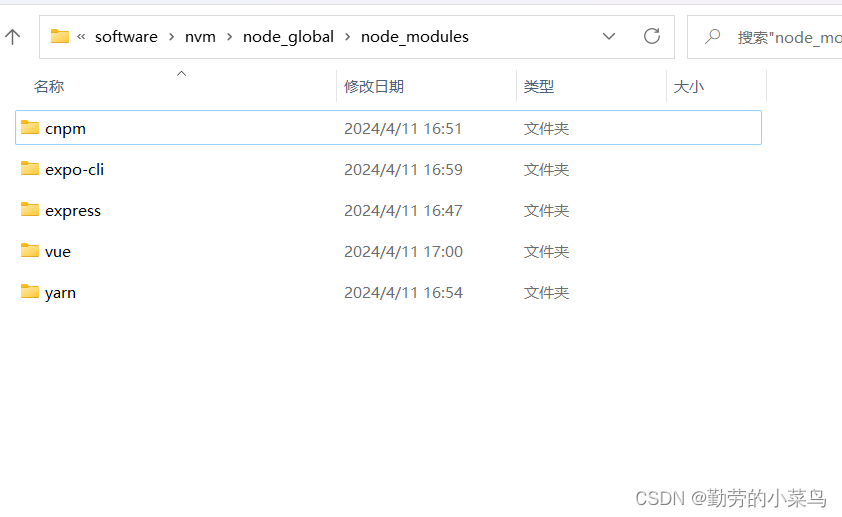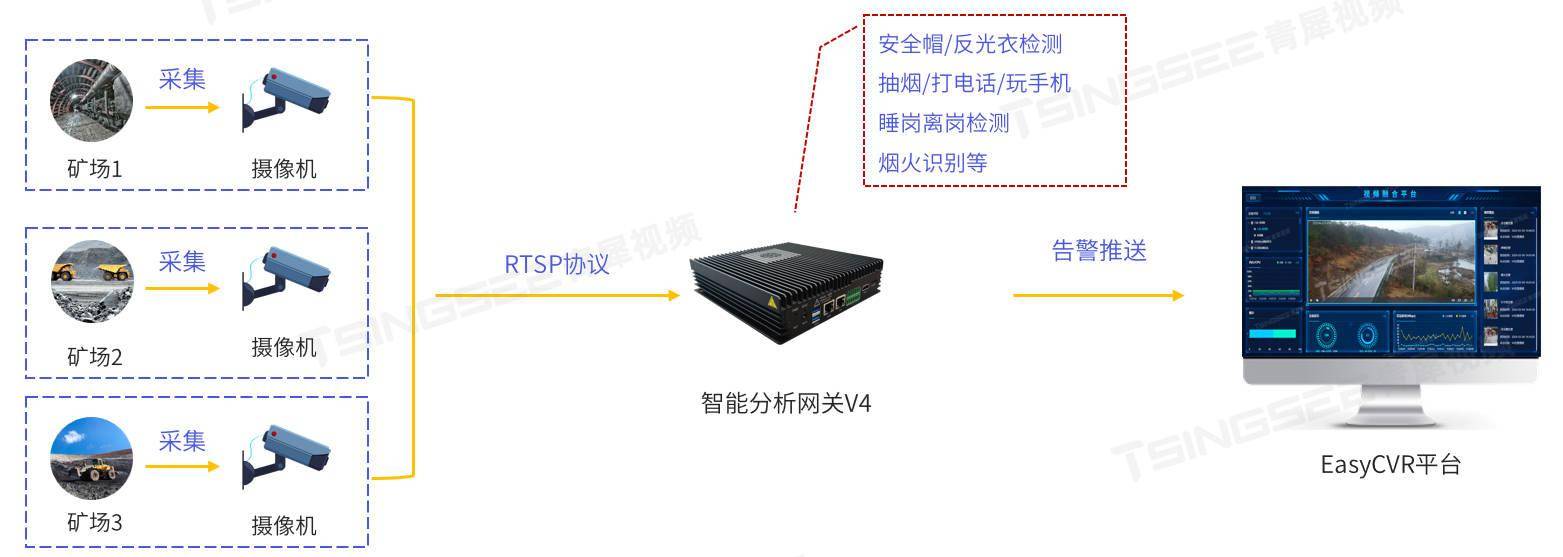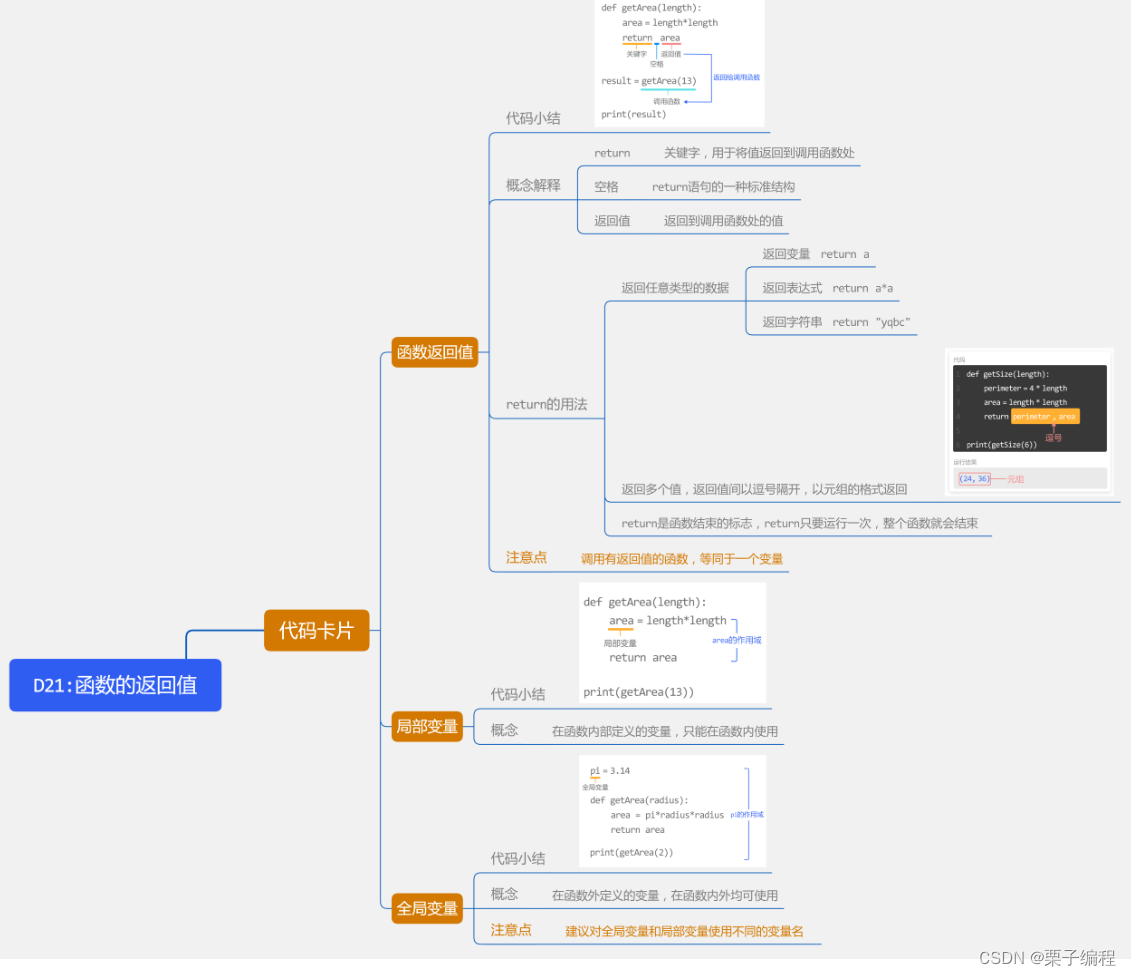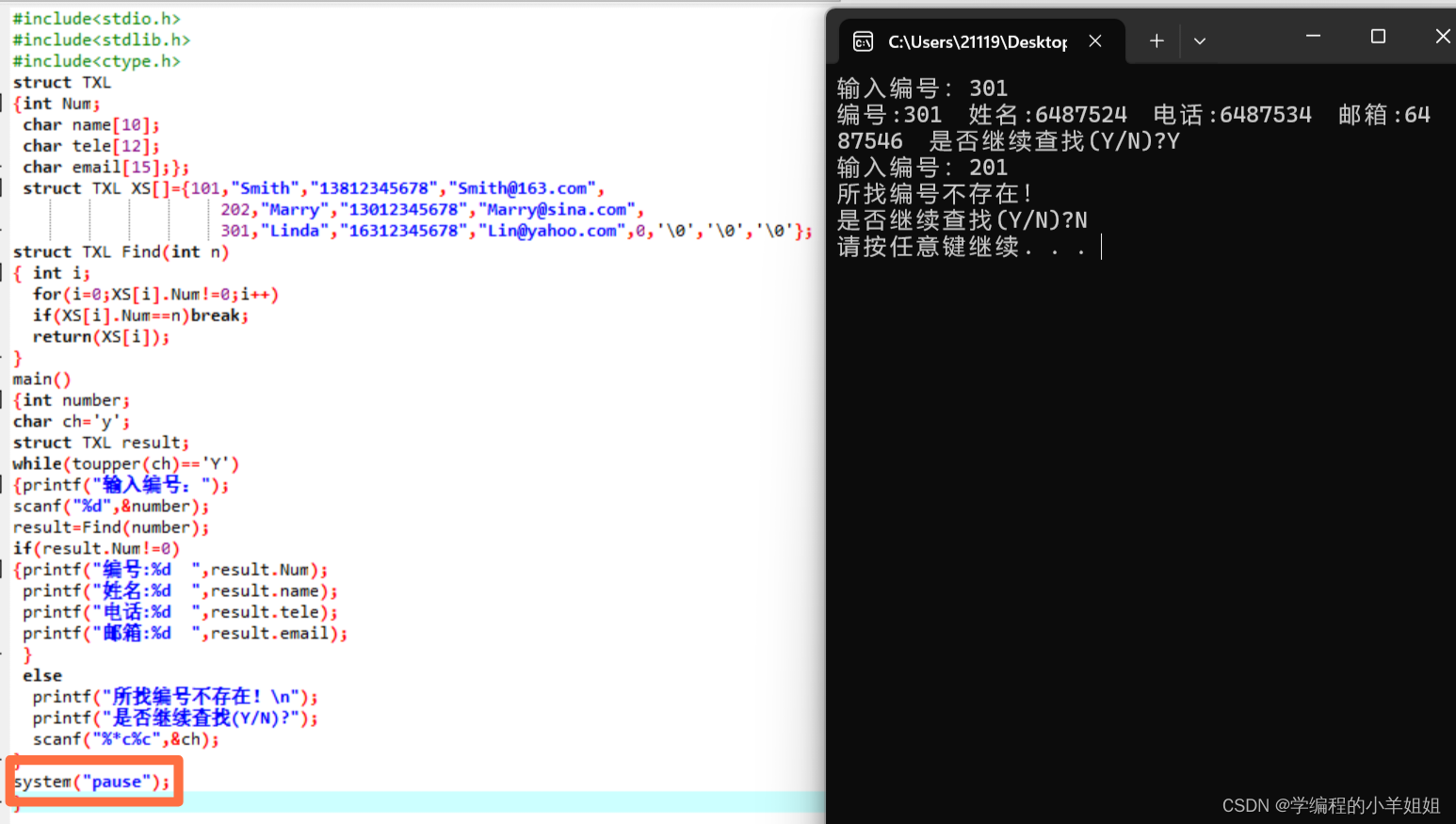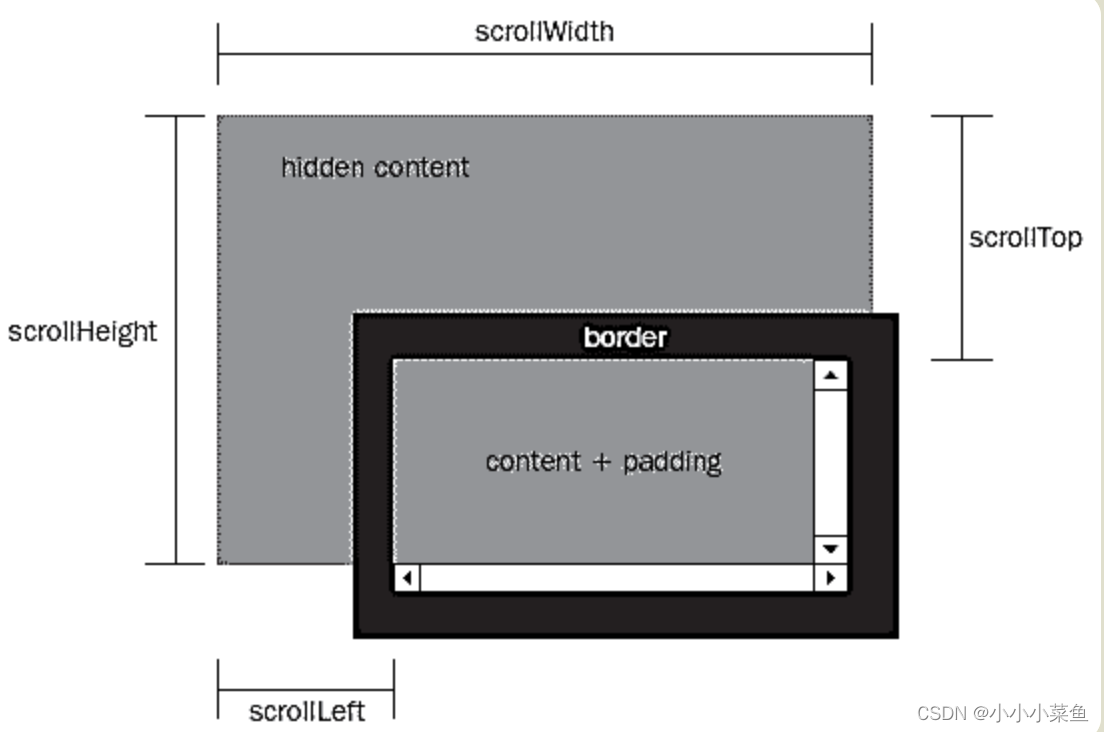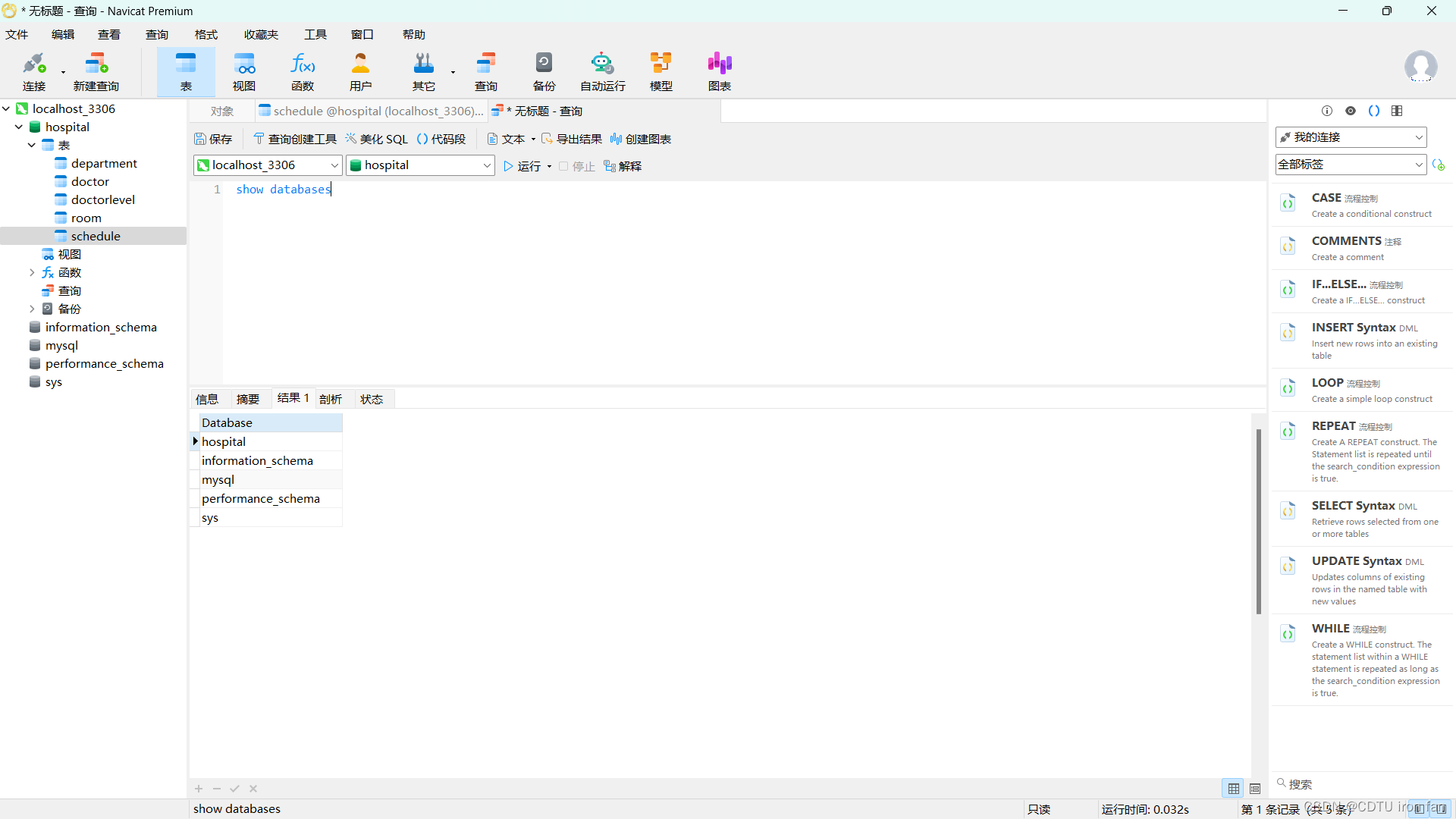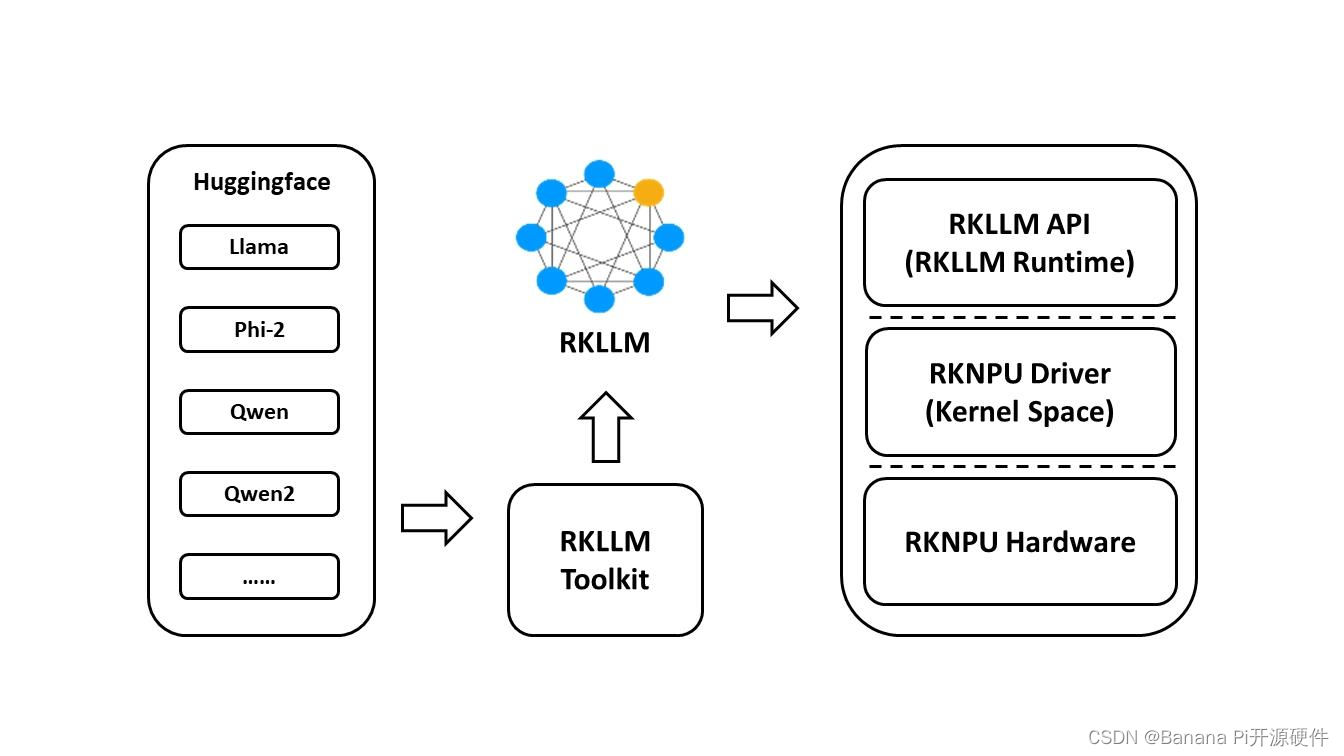不好用请移至评论区揍我
原创代码,请勿转载,谢谢!
一、介绍
- 用于给用户发送特定的邮件内容,支持附件、批量发送
- 邮箱账号必须要开启 SMTP 服务(具体见下文教程)
- 本文邮箱设置示例以”网易邮箱“为例,其他如qq邮箱或企业邮箱均可,只要在设置中对应开启SMTP及授权码等操作即可使用
- 完整代码见文末
二、邮箱设置
开启 SMTP 服务
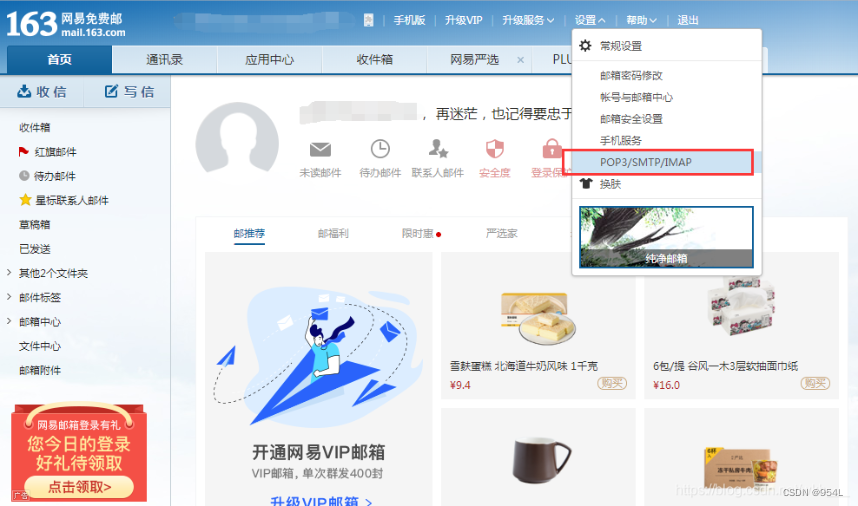
设置授权码

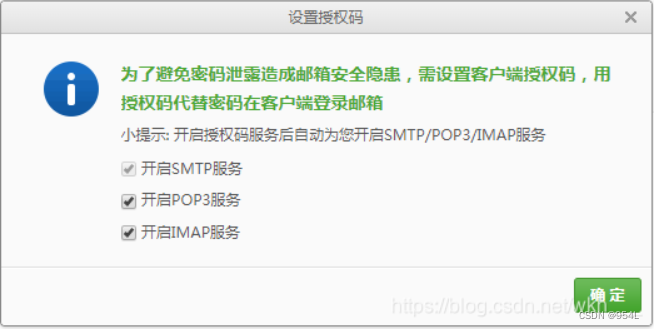
三、完整代码
maven
<dependency>
<groupId>com.sun.mail</groupId>
<artifactId>javax.mail</artifactId>
<version>1.4.7</version>
</dependency>
java
import javax.mail.*;
import javax.mail.internet.InternetAddress;
import javax.mail.internet.MimeMessage;
import java.util.Arrays;
import java.util.Date;
import java.util.List;
import java.util.Properties;
/**
* @Author 954
* @create 2024/1/27 13:46
*/
public class EmailUtil {
// 发送者别名
private static final String SENDER_NAME = "XXX" ;
// 发送邮箱地址
private static final String SENDER_ADDRESS = "XXX@163.com" ;
// 发送邮箱的授权码
private static final String SENDER_PWD = "XXX" ;
// 密送的邮箱地址
private static final String PRIVATE_ADDRESS = "XXX@163.com" ;
/**
* 发送邮件的环境对象
*/
private static final Session EMAIL_SESSION = getEmailSession();
/**
* 批量发送电子邮件
* @param emailAddressList 邮箱地址
* @param content 邮件内容
* @param title 邮件标题
* @param fileList 附件
* @throws Exception
*/
public synchronized void sendEmail(List<String> emailAddressList, String title, String content, List<File> fileList) throws Exception {
MimeMessage mimeMessage = getMimeMessage(emailAddressList, title, content);
if (!CollectionUtils.isEmpty(fileList)){
// 处理附件
Multipart multipart = getMultipart(fileList);
mimeMessage.setContent(multipart);
// 添加邮件内容
BodyPart contentPart = new MimeBodyPart();
contentPart.setContent(content, "text/html;charset=UTF-8");
// 将multipart对象放入message中
multipart.addBodyPart(contentPart);
}
Transport.send(mimeMessage);
}
private MimeMessage getMimeMessage(List<String> emailAddressList, String title, String content) throws Exception {
// 创建邮件消息
MimeMessage message = new MimeMessage(EMAIL_SESSION);
// 设置发件人
message.setFrom(new InternetAddress(SENDER_ADDRESS, SENDER_NAME));
// 设置收件人
InternetAddress[] address = new InternetAddress[emailAddressList.size()] ;
for (int i = 0; i < emailAddressList.size(); i++){
address[i] = new InternetAddress(emailAddressList.get(i)) ;
}
message.setRecipients(Message.RecipientType.TO, address);
// 设置密送
message.setRecipient(Message.RecipientType.BCC, new InternetAddress(PRIVATE_ADDRESS));
// 设置邮件标题
message.setSubject(title, "UTF-8");
// 设置邮件的内容体
message.setContent(content, "text/html;charset=UTF-8");
// 设置发送时间
message.setSentDate(new Date());
return message;
}
private Multipart getMultipart(List<File> fileList) {
if (CollectionUtils.isEmpty(fileList)) return null;
Multipart multipart = new MimeMultipart();
// 添加附件的内容
fileList.stream().parallel().forEach(file -> {
try {
BodyPart attachmentBodyPart = new MimeBodyPart();
DataSource source = new FileDataSource(file);
attachmentBodyPart.setDataHandler(new DataHandler(source));
// MimeUtility.encodeWord可以避免文件名乱码
attachmentBodyPart.setFileName(MimeUtility.encodeWord(file.getName()));
multipart.addBodyPart(attachmentBodyPart);
} catch (Exception e) {
e.printStackTrace();
}
});
return multipart ;
}
private static Session getEmailSession(){
// 配置发送邮件的环境属性
Properties props = new Properties();
//设置用户的认证方式
props.setProperty("mail.smtp.auth", "true");
//设置传输协议
props.setProperty("mail.transport.protocol", "smtp");
//设置发件人的SMTP服务器地址
props.setProperty("mail.smtp.host", "smtp.163.com");
// 构建授权信息,用于进行SMTP进行身份验证
Authenticator authenticator = new Authenticator() {
@Override
protected PasswordAuthentication getPasswordAuthentication() {
// 用户名、密码
return new PasswordAuthentication(SENDER_ADDRESS, SENDER_PWD);
}
};
return Session.getInstance(props, authenticator);
}
public static void main(String[] args) throws Exception {
sendEmail(Arrays.asList("XXX@qq.com", "XXX@163.com"), "我是标题", "我是内容", null);
}
}



